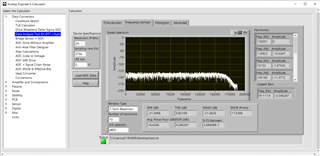Other Parts Discussed in Thread: ADS127L11
Hello,
My customer uses ADS127L11 EVM. The noise floor when they used it as single end input, it was around -120dB, but when they shorted the inputs by a terminal resistor, it became around -10dB or so. Would you please tell me the reason why it is?


Best Regards,
Yoshikazu Kawasaki



